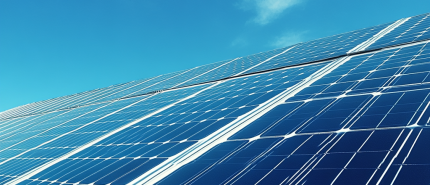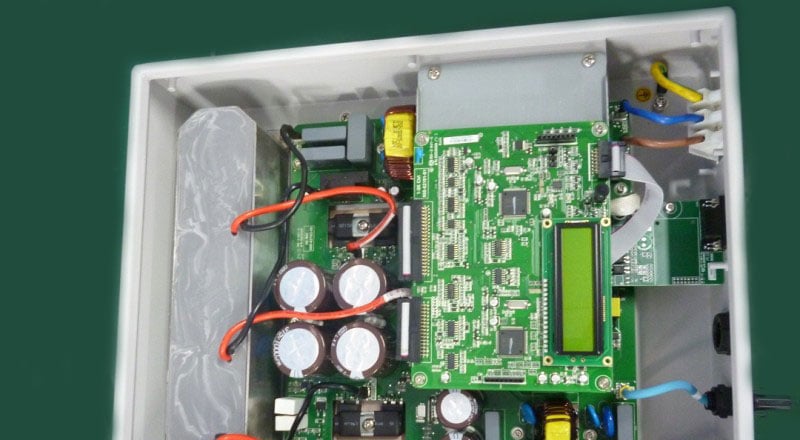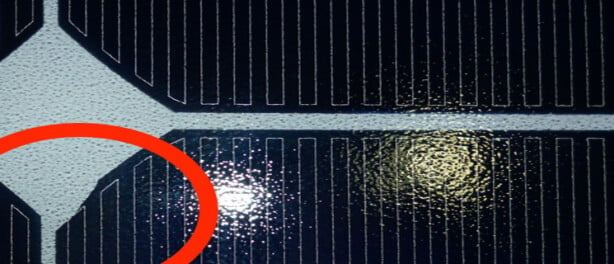In the PV industry there are various standards testing conditions to test the performance and output of solar pv modules.
Major test conditions include Normal Operating Cell Temperature (NOCT), PV-USA Test Conditions (PTC), Standard Test Conditions (STC), Low Irradiance Conditions (LIC), High Temperature Conditions (HTC) and Low Temperature Conditions (LTC) whose basics will be explained and compared in this article.
Industry standards and certification requirements
The International Electrotechnical Commission (IEC) published the IEC 61853 standard “Photovoltaic Module. Power Rating” which requires testing based on a variety of climatic and geographic conditions and includes HTC, LIC, HTC, NOCT and STC.
There is also the PV-USA Test Condition (PTC) wich is not part of that IEC standard. In the following each test condition is explained, a table further below compares the core data each of these test conditions.
Standard Test Conditions (STC)
The electric output performance of crystalline silicon and thin film PV modules are generally measured under standard test conditions (STC). STC is an industry-wide standard to indicate the performance of PV modules.
It specifies a module temperature of 25°C, an irradiance of 1000 W/ m² with an air mass 1.5 (AM1.5) spectrum and zero wind speed. These correspond to the irradiance and spectrum of sunlight incident on a clear day upon a sun-facing 37°-tilted surface with the sun at an angle of 41.81° above the horizon.
This condition approximately represents solar noon near the spring and autumn equinoxes in the continental United States, with surface of the cell aimed directly at the sun.
However, these conditions are rarely encountered in the real-world. Being a widely used and referenced standard, STC-based performance testing is applied by most manufacturers and such data usually sent over to the customers.
PV-USA Test Conditions (PTC)
PTC is an acronym for PV-USA Test Conditions and is a US-standard that was developed at the University of Davis, California. As compared to STC, PTC is an approach to closer meet real-world conditions and measure the actual performance of the modules.
It specifies an insolation of 1000 W/ m² with an air mass 1.5 (AM 1.5) spectrum and an ambient temperature of 20°C at 10 meters above ground level with wind speed of 1 m/s.
These differences of 20°C ambient temperature at 10 meters above ground level with 1 m/s wind speed applied under PTC results in a cell operating temperature of about 50°C, instead of the rather unreal 25°C under STC conditions.
However, similar to STC, PTC also overestimates the energy a module generates under real-world conditions. Since cell voltage drops about 0.08V/ °C in environments exceeding ambient temperatures of 25°C, STC voltage ratings may actually equal to lower voltage ratings under PTC conditions, which in the end – applying Ohm’s Law – results in reduced watts.
Normal Operating Cell Temperature (NOCT)
Normal Operating Cell Temperature (NOCT) is a measurement referring to the operational conditions of solar cells, defined as the temperature reached by open circuited cells in a module.
Test conditions are defined as 800W/ m² irradiance, 20°C ambient temperature and wind speed of 1m/ s with the PV module at a tilt angle of 45° and its back side open to the breeze (as opposed to conditions where panels are mounted on roofs where heat builds up under the panel).
Similar to the PV-USA Test Conditions (PTC), NOCT-based testing is an approach to mirror real-world conditions. It is applied to calculate real available wattage on an average day and is a comparably strict parameter.
Low Irradiance Conditions (LIC)
Low Irradiance Conditions (LIC) specify the testing of a module’s output performance under low irradiance conditions, simulating and testing performance of solar panels at higher latitudes and winter.
LIC applies an insolation of 200W/ m², 25°C module temperature, zero wind speed and an air mass of AM 1.5. The detailed required solar spectral irradiance distribution is laid down in a table in the IEC 60904-3 (Measurement principles for terrestrial photovoltaic (PV) solar devices with reference spectral irradiance data).
High Temperature Conditions (HTC)
Geared to testing panel performance at higher temperature levels, the High Temperature Conditions (HTC) specifies testing at irradiance of 1000W/ m², 75°C module temperature, an air mass AM of 1.5 and zero wind speed.
Low Temperature Conditions (LTC)
In contrast to HTC, the low temperature conditions (LTC) test the performance of solar panels under comparably lower irradiance and temperature levels and are defined as solar panel testing at 500W/ m², 15°C module temperature, zero wind speed and AM 1.5.

Comparative table of solar panel test conditions
Conclusion: test conditions and long-term module performance quality
Although an industry-wide accepted standard of comparability between modules, STC is not a sufficiently accurate standard to mirror a panel’s real-world operational and output performance, leading to the situation of certain performance decrease surprises in the long-run.
It also often happens that the panels of manufacturers do not diligently meet STC, for example because of regularly occurring deviations in lamp spectrum, module temperature, environment temperature and irradiation.
Moreover, and this is not only limited to testing under STC, fraudulent manufacturers tend to manipulate the sun simulators or use incorrect golden panels to attain the performance data required, leaving customers under the wrong impression that these panels have good output data. Such regular occuring frauds make independent quality control on site imperative.
As no single test condition can fully simulate a module’s performance under all major climatic and geographic conditions on planet earth, IEC 61853 is insofar a step in the right direction as it incorporates and demands the performing of various test conditions of a module.






Jock Patterson
on 12 Mar 2016Patrick Meier
on 10 Feb 2014